A Timeless Icon of American Off-Roading
In the annals of automotive history, certain vehicles stand out as iconic symbols of rugged durability and off-road prowess. Among them, the Dodge Power Wagon 1951 holds a special place, representing an era when utility and strength were paramount in the design of trucks. Born out of military roots, the Power Wagon quickly became a civilian favorite, leaving an indelible mark on the American automotive landscape.
The Birth of a Legend:
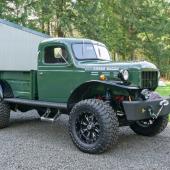
The Dodge Power Wagon traces its lineage back to the Second World War, where it served as a reliable and robust military vehicle. The success and dependability of the wartime model prompted Dodge to introduce a civilian version after the conflict. In 1945, the first civilian Power Wagon rolled off the assembly line, setting the stage for its evolution into the beloved 1951 model.
Design and Features:
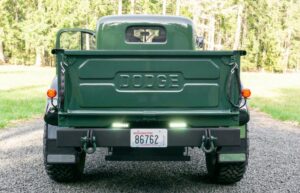
The 1951 Dodge Power Wagon maintained the rugged and utilitarian design of its military predecessor. Boasting a distinctively boxy appearance, the Power Wagon exuded strength and purpose. The front end featured a bold chrome grille, flanked by round headlights, giving it a no-nonsense aesthetic that perfectly matched its capabilities.
Under the hood, the 1951 Power Wagon was powered by a robust 230-cubic-inch inline-six engine, delivering ample torque for off-road adventures and heavy-duty tasks. With a four-speed manual transmission and a two-speed transfer case, this truck was built to conquer challenging terrains with ease.
Off-Roading Champion:
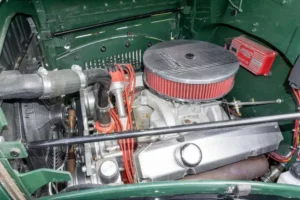
What truly set the 1951 Dodge Power Wagon apart was its exceptional off-road capabilities. The high ground clearance, solid front and rear axles, and four-wheel-drive system made it a formidable force when tackling rough trails and challenging landscapes. Whether it was for work on the farm or venturing into the great outdoors, the Power Wagon proved to be a reliable companion for those seeking adventure.
Versatility and Utility:
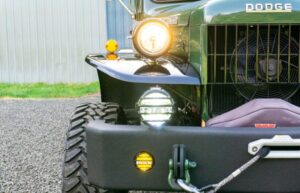
Beyond its off-road prowess, the Power Wagon 1951 showcased impressive versatility. It came in various body styles, including pickup trucks, chassis cabs, and even a unique open-cab design. This adaptability made it a favorite among different industries, from agriculture to construction, where its rugged construction and powerful performance were essential.
Legacy and Impact:
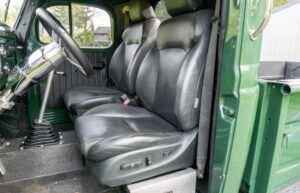
The 1951 Dodge Power Wagon left an enduring legacy that continues to influence the design of modern off-road vehicles. Its no-frills, purpose-driven approach to utility vehicles resonates with enthusiasts who appreciate a truck that can handle anything thrown its way. The Power Wagon has become a symbol of American strength, resilience, and the spirit of adventure.
Conclusion:
As the curtain closed on the 1951 Dodge Power Wagon, it left an indelible mark on the automotive world. Its military roots, rugged design, and off-road capabilities cemented its status as a timeless icon. Today, the Power Wagon remains a sought-after classic, a testament to an era when trucks were built to endure, and the call of the open road was answered by a powerhouse of American engineering—the Dodge Power Wagon 1951.







